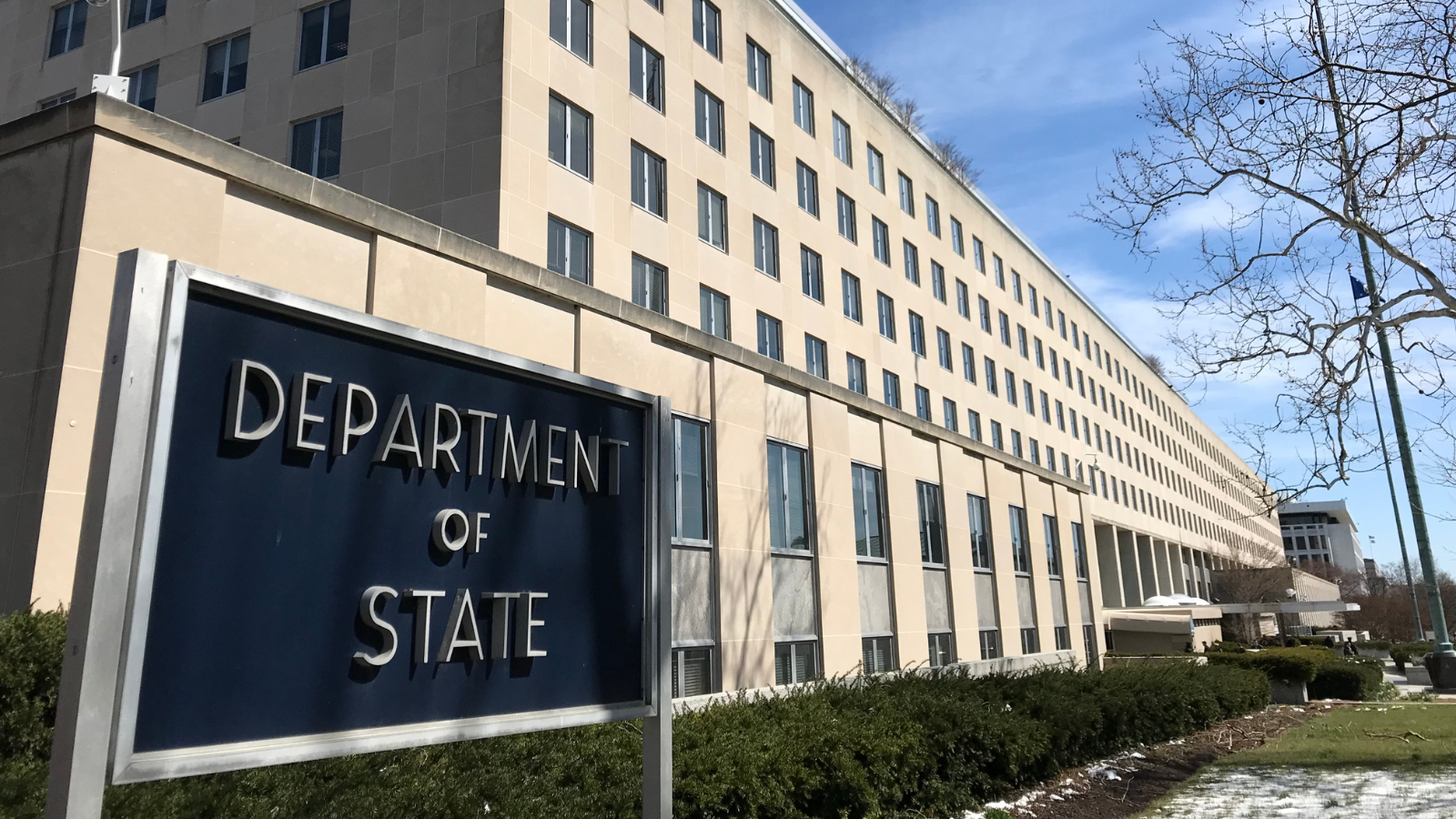
In a new report from VOC’s China Studies Center, Dr. Adrian Zenz dissects the PRC’s forced labor policies in Xinjiang and Tibet and provides suggestions for the US government to better monitor and analyze Beijing’s human rights violations.
As the report states:
From 2019, researchers have documented two major systems of forced labor targeting Uyghurs and other ethnic groups in the Xinjiang Uyghur Autonomous Region XUAR:
(1) forced labor linked to the region’s re-education camps, known as Vocational Skills Education and Training Centers (VSETCs), in which detainees receive coerced skills training during internment and are then coercively placed into work; and
(2) the separate so-called Poverty Alleviation Through Labor Transfer policy, which coercively trains and transfers non-detained rural surplus laborers from the primary (agricultural) sector into secondary or tertiary sector work. Labor transfers also include coerced seasonal transfers of surplus laborers into seasonal agricultural work, in particular the harvesting of agricultural produce such as cotton and tomatoes.
Xinjiang’s Poverty Alleviation Through Labor Transfer program is the coercive work policy that underpins most forced labor linked to the region. While VSETC-linked forced labor placements can be linked to the production of textiles, electronics, and a few other labor-intensive products, Poverty Alleviation Through Labor Transfer is the only forced labor policy implicated in the production of cotton, tomatoes and tomato products, peppers and seasonal agricultural products, seafood products, polysilicon production for solar panels, lithium for electric vehicle batteries, and aluminum for batteries, vehicle bodies, and wheels.

